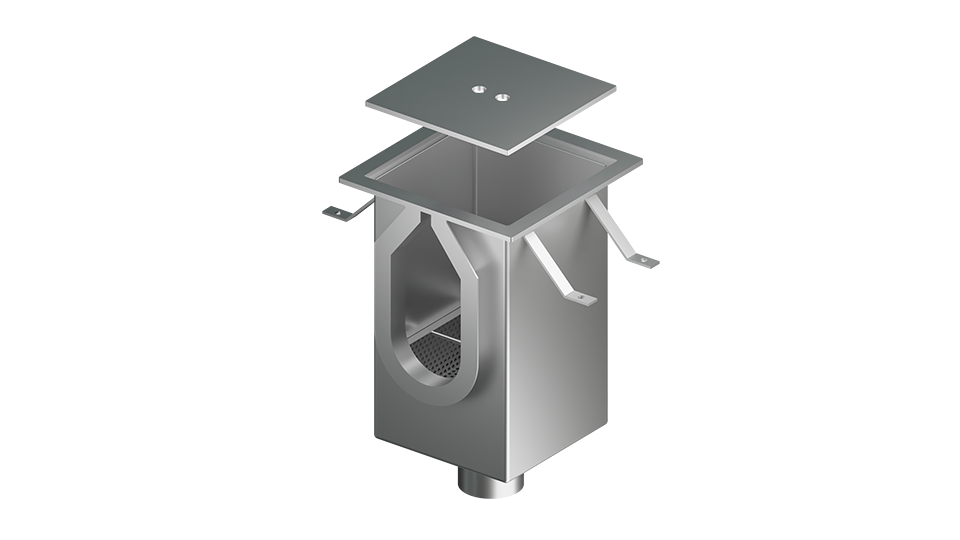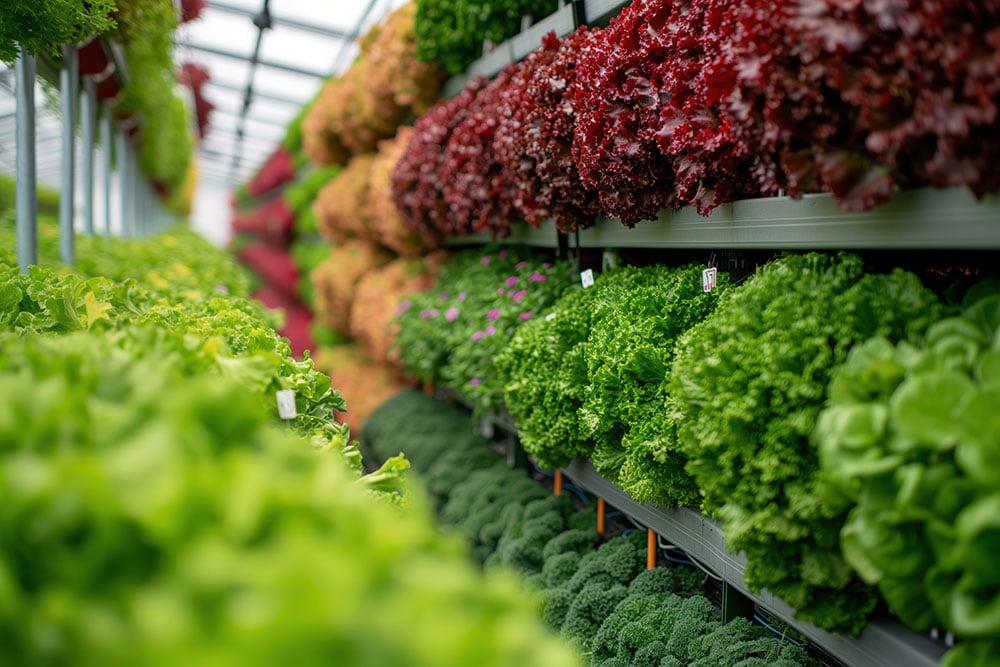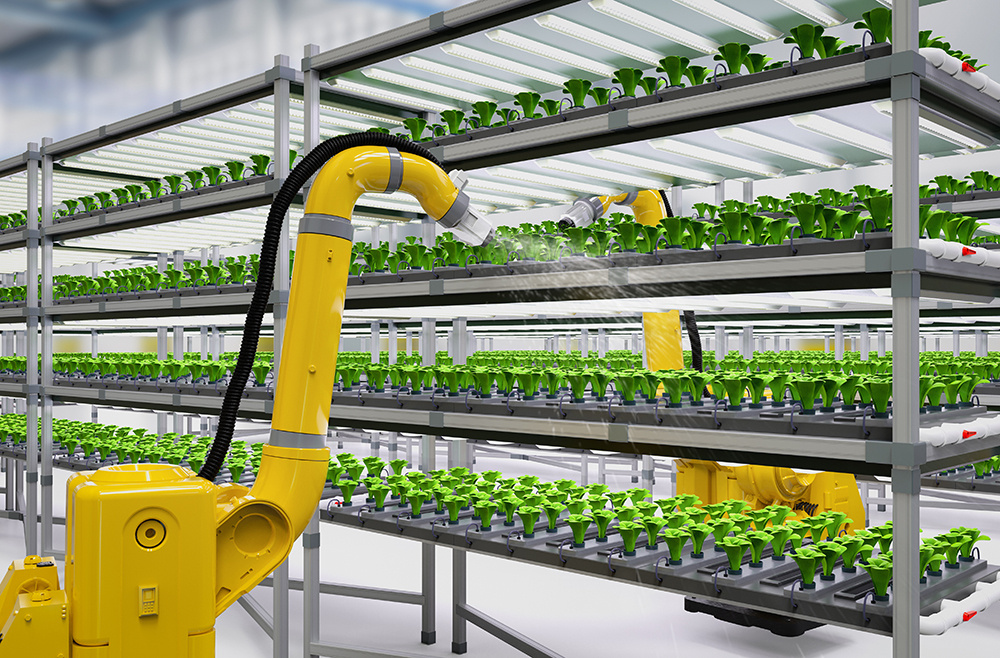The seafood industry is massive and constantly growing!
In 2023, the global seafood market value came in at around 236.61 billion dollars; in 2024, it is estimated to reach 254.42 billion; and by 2028, it's estimated the value will jump to 331.64 billion.
The continued market growth has created a need to find new ways to meet demands without harming the environment or causing extinction. This has led to an increase in aquaculture––the cultivation of aquatic organisms in controlled environments.
One form of aquaculture growing in popularity is indoor fish farming.
WHAT IS INDOOR FISH FARMING?
Indoor fish farming is, as the name implies, farming that occurs indoors with fish raised in specialized tanks or other holding units.
Indoor aquaculture utilizes various treatments like UV sterilization, water filtration, and oxygen injection to help maintain the optimal water quality for fish growth.
WHY GO FOR AN INDOOR FISH FARM?
Aquaculture, as a whole, has many benefits: it can help rebuild fish populations, restore habitats, assist in the production of baitfish, provide a more sustainable food source for the human population, and more.
Fish farming methods like open-ocean cages allow waste, pathogens, and parasites to flow directly into the environment, where they can infect wild fish populations. Open-air pond farms also pollute local waterways with fish effluent and medicines used to prevent diseases in farm fish.
An indoor fish farm can significantly reduce these risks. Indoor fish farms, also referred to as recirculation aquaculture systems (RAS), keep fish in tanks, and utilize RAS technology to filter and clean tank water in order to maintain a more controlled environment.
Other advantages of indoor aquaculture and fish farming include:
- Fish remain protected from predators and weather changes.
- Fish can be produced faster through a combination of temperature control, water quality, and feeding.
- Besides producing less waste, indoor farms require less water.
THE DEVELOPMENT OF INDOOR FISH FARM
RAS technology has existed since the 1970s in various forms. By around 1980, Denmark became one of the first countries to use RAS technology for commercial eel aquaculture.
Now, the technology has been adapted for fresh and saltwater fish farming to allow an indoor fish farmer to produce various types of seafood. In fact, indoor fish farming is becoming increasingly popular in the U.S., with large-scale farms opening nationwide.
DEVELOPING AN INDOOR FISH FARM
To become an indoor fish farmer, you must invest in the right equipment. Tanks, pumps, and RAS systems are all vital, but they aren't the only things you need. You will also need a floor drainage system to help keep the floors dry and to maintain a safe, sanitary environment within the facility.
FoodSafe Drains is a company dedicated to creating sanitary floor drainage for various industries, including indoor fish farms. Their NSF/ANSI/3-A certified systems use T304 or T316 stainless steel to create sanitary systems that are resistant to corrosion and bacteria and are capable of withstanding tough environments and heavy loads. They offer two main types of systems: the Slot Drain and the Trench Drain.
The Slot Drain
The Slot Drain is a modernized take on the traditional trench drain. A slim channel eliminates the need for drain covers while maintaining sufficient flow rates up to 27 GPM. Cleaning the Slot Drain is also easy; Clean in Place (CIP) technology allows you to clean and sanitize your drain via automation.
The 10,000 Series and 6,000 Plus-R Series Slot Drain systems are Load Class E-rated, while the 6,000 Plus Series is Load Class C-rated.
The Trench Drain

The FoodSafe Trench Drain is a more traditional system with a wide channel that requires a drain cover to prevent objects and debris from falling inside. It can easily handle larger volumes of water runoff and solids and has a heavy-duty Load Class rating. The FoodSafe Drain comes in Rounded, Flat, and V-Bottom variations.
Both the FoodSafe Slot Drain and Trench Drain are compatible with a Catch Basin, which comes with a tamper-proof magnetic strainer that helps keep solids from entering the system , and it also has the capability to only allow access to authorized personnel.
THE FUTURE OF FISH IS INDOORS
Just as with all foods, the demand for seafood is increasing daily, and the only way to keep up with it is through fish farming. Indoor fish farming offers the best solution, as it is less environmentally harmful and can produce healthier fish.
While an RAS system will help clean the water in the tank, you still need to maintain the rest of the facility. A drainage system will help maintain a sanitary facility free from bacteria and contamination that can harm the processes.
Contact FoodSafe Drains today to learn more about the drainage systems offered and find what is the best for your indoor fish farm.



